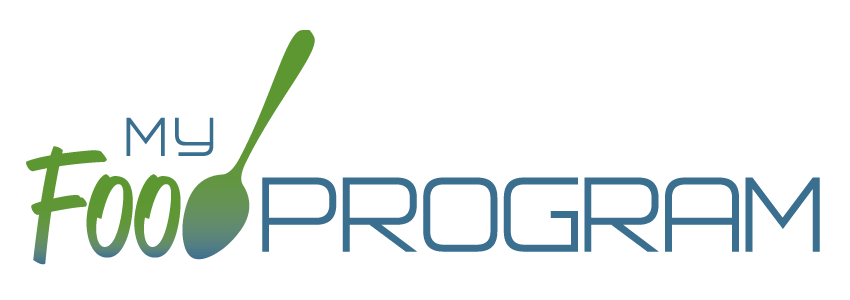
Nutrition education doesn’t have to happen only during meals and snacks. Visual displays like bulletin boards, posters, and table signs are great ways to teach children about healthy food choices all day long. Whether you work in an early childhood program or an after school care setting, a well-designed display can get kids thinking—and talking—about food in fun and meaningful ways.
Why Nutrition Displays Matter
Visuals help children learn. When kids see bright, colorful images of healthy foods or fun facts about nutrition, they are more likely to remember and apply what they see. Displays also help create a culture that values healthy eating and gives children regular reminders about making good food choices.
For Early Childhood Programs (Ages 0–5)
Young children learn best through pictures, repetition, and simple language. Nutrition displays in early childhood settings should be bright, easy to understand, and interactive when possible. Display Ideas for Early Childhood:
“Rainbow of Fruits and Vegetables” Wall
Create a large rainbow with a different fruit or veggie in each color band. Use real photos and label them with the food’s name. Add a matching activity where children place food cutouts in the correct color band.
“What’s on My Plate?” Board
Use the USDA’s MyPlate image to show the food groups. Include photos of common foods served in your program under each group. Add velcro pieces so children can match foods to the right section.
“Where Does Food Come From?” Corner
Show pictures of farms, gardens, and animals to help children understand how food is grown or raised. Include books, toy fruits and vegetables, or pretend play items to bring the display to life.
“Snack Time Stars” Feature Wall
Celebrate healthy snack choices by adding children’s names or drawings next to foods they’ve tried during snack time. This builds excitement and encourages children to taste new things.
For After School Care Programs (Ages 5–12)
Older children can understand more detailed messages and enjoy facts, challenges, and real-world connections. Keep displays fun and age-appropriate, while offering clear nutrition messages. Display Ideas for After School Programs:
“Fuel Your Brain” Board
Highlight how healthy foods help with homework, focus, and energy. Use statements like “Whole grains give you lasting energy” or “Protein helps you stay full longer.” Add photos and a “Did You Know?” fact section.
“Smart Snack Choices” Chart
Show examples of common snack foods and healthier swaps (e.g., chips → popcorn, cookies → yogurt with fruit). Include a column where children can add their own ideas or favorite snacks.
“Hydration Station” Poster
Encourage water drinking with facts about how water helps the body. Show fun water bottle designs, track how many cups of water kids drink in a day, or let them decorate their own water droplet cutouts.
“Food Around the World” Map
Connect nutrition to geography by showing healthy meals from different cultures. Use a world map and pin photos of meals from various countries. Add recipes that families can try at home.
Tips for Great Displays
Keep language simple and positive
Use real photos of food whenever possible
Involve children in creating the display (e.g., drawings, ideas, or writing)
Change displays regularly to keep them fresh and interesting
Tie displays to monthly themes or seasonal foods
Visual displays are a simple but powerful tool to promote healthy eating in your program. Whether you’re working with toddlers or tweens, taking time to make nutrition fun and visual can help build healthy habits that last a lifetime.
